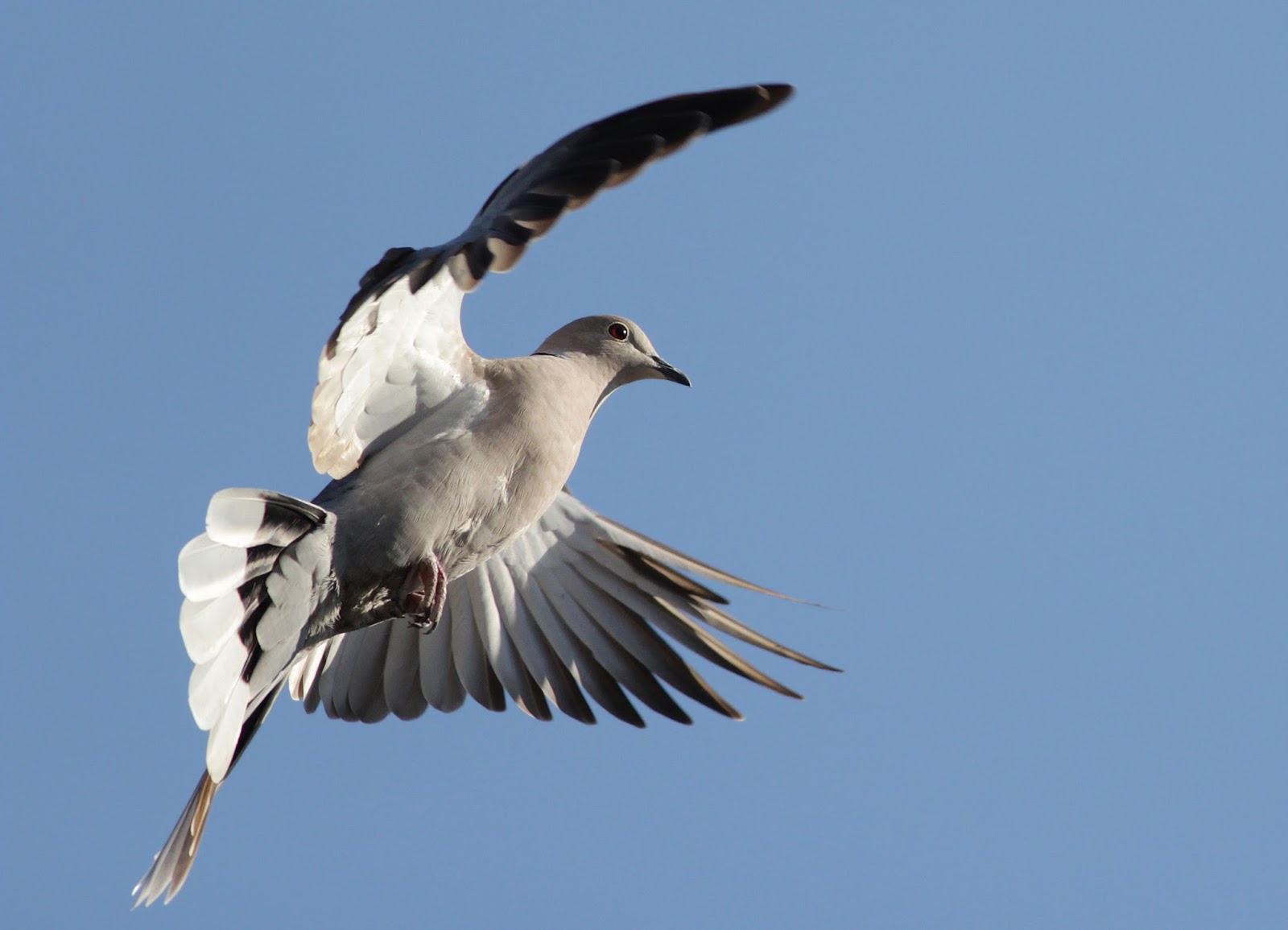By Ray Vella, Foresta 2000 warden
Photos by Ray Vella and Aron Tanti
Ever since the first Collared Dove appeared in Malta in 1964, it would take many more years before they would start to breed in Malta. The usual reasons were foremost the illegal shooting. Even the first bird which found its way to Malta, wearing a ring from former Yugoslavia, was gunned down in May of 1964. The general attitude which we had to hear ad nauseam for years was that nothing breeds in Malta!
The species which was an Eastern European bird began its westward spread in the 1930’s and within a few years established itself all the way to Ireland and even Iceland. It was quick to take over a niche in villages, towns and suburbs, unlike the Turtle Dove which favours woodland and farmland habitat.
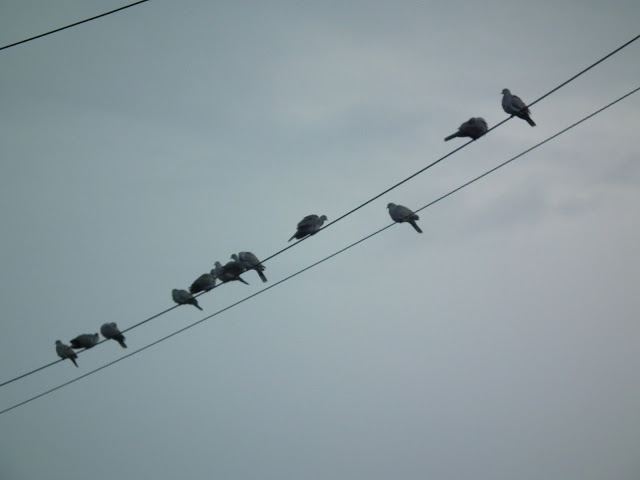 |
| A flock of Collared Doves on a wire at Foresta 2000 |
Its southern push towards Malta happened in the early 2000’s. A few birds began to be seen in spring, then the first pair settled down in Santa Marija Estate in Mellieha, an area with plenty of trees, suburban bliss and water, besides being a built up area where hunting is out of the question. The rest is history! After that the birds started to spread around the north, to Mellieha Holiday Centre, Ghadira Nature Reserve, then towards Simar and to central Malta. From there it appeared in Marsa, Attard, Naxxar, Pembroke and Rabat. A few pairs are even present in the Buskett area.
It truly is an adaptable bird. It will breed throughout the year as the two young are fed on pigeon’s milk, regurgitated food from the parents’ crop. As long as the parents are feeding, they can easily rear their young. At Ghadira the first nest was found only a few years ago, but today they are breeding in all the trees on the footpath.
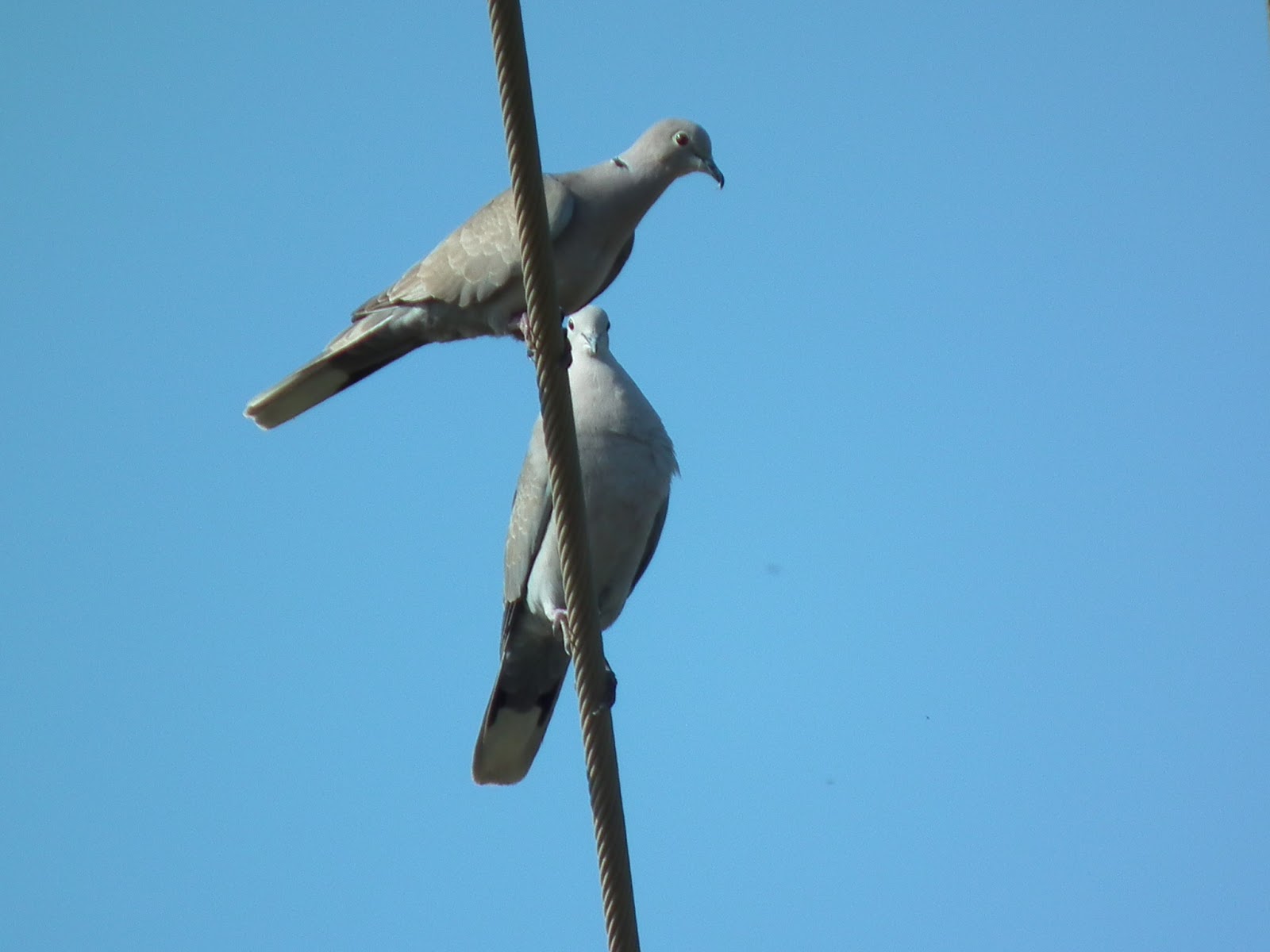 |
| Male displaying to a female |
The male bird has a beautiful cooing call to attract the female and he will launch himself into the air, giving a displaying glide. The flimsy nest is made of sticks and grasses and the two eggs are incubated for 14-16 days, and the young fledge after a few weeks (18 days or so) from the nest. It can easily have 5 clutches or more in mild climates. This guarantees its fast spread!
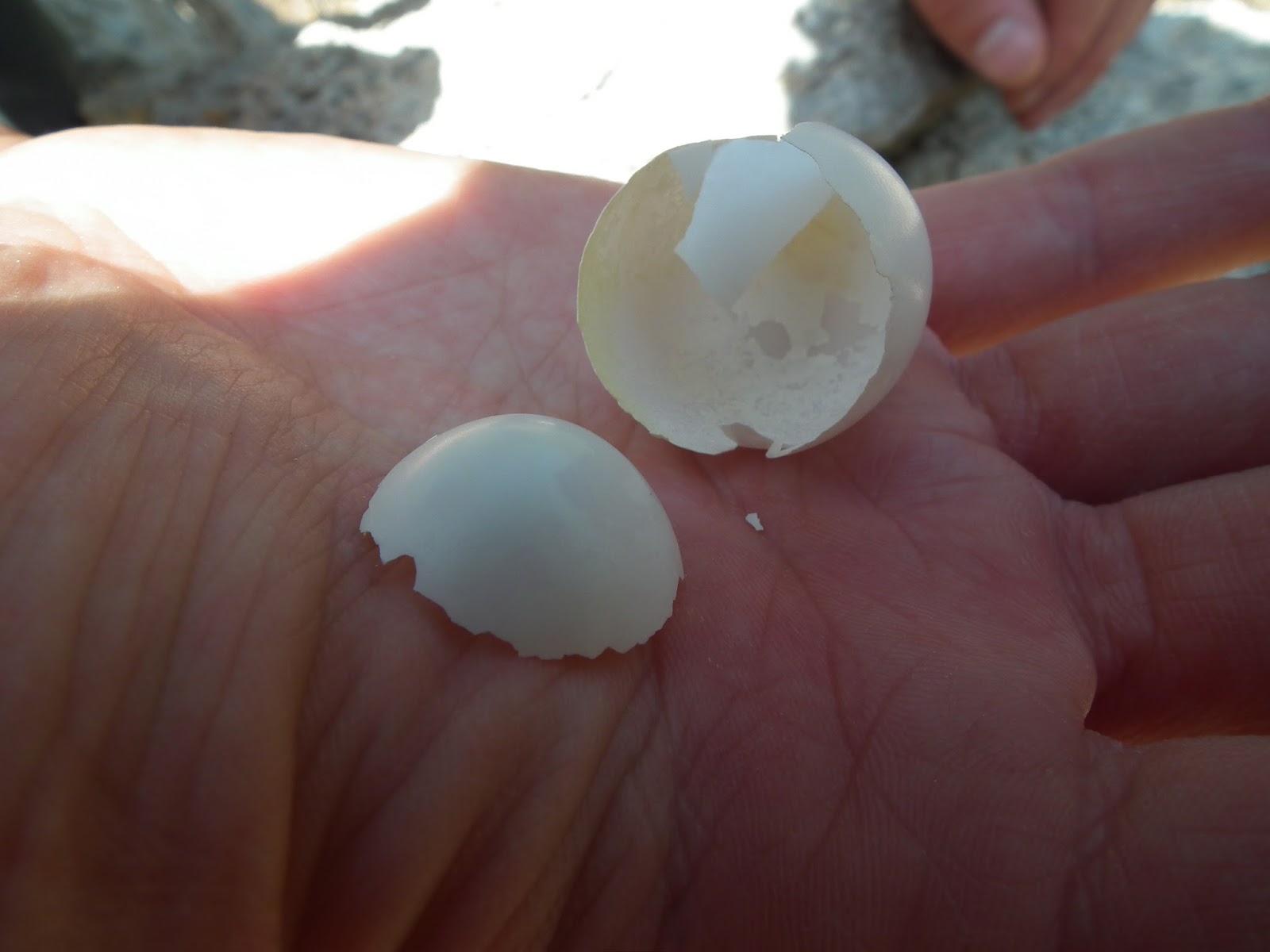 |
| My first confirmation of Collared Doves breeding at Foresta |
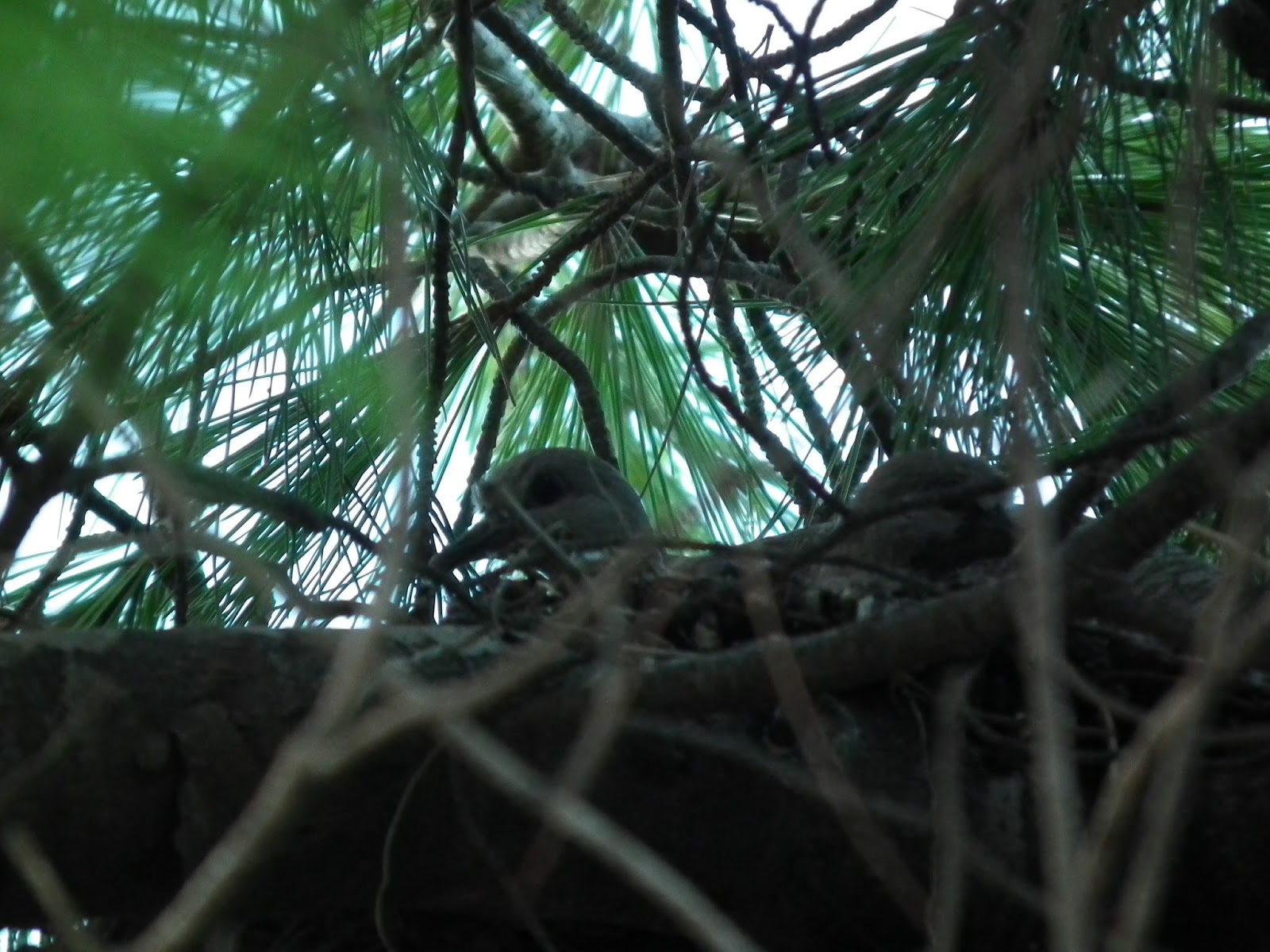 |
| Two young in the nest |
At Foresta 2000 I started to find the first nests around 2013 in the older pine trees and although many fed in the area previously I had to wait to find the first nests!
Within two years a large population of more than 150 to 200 birds may be seen in the area daily. They seem to breed in any available tree on site. Today it is a beautiful sight to watch them display and coo from the trees and the wires, and when they take wing first thing in the morning from their roosting trees.


